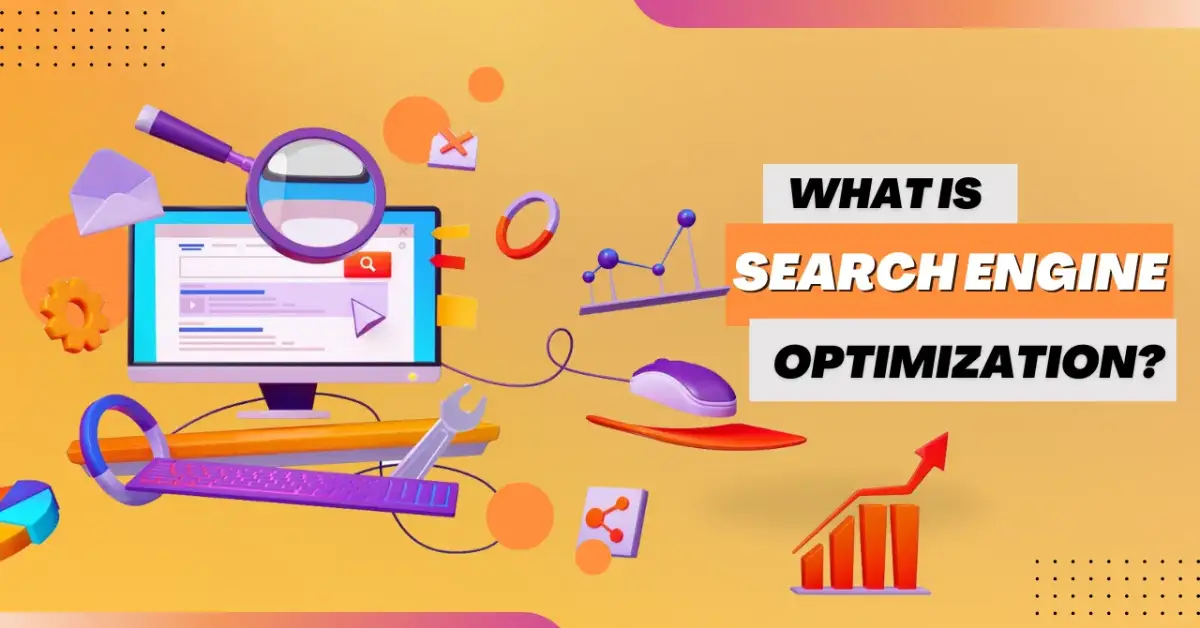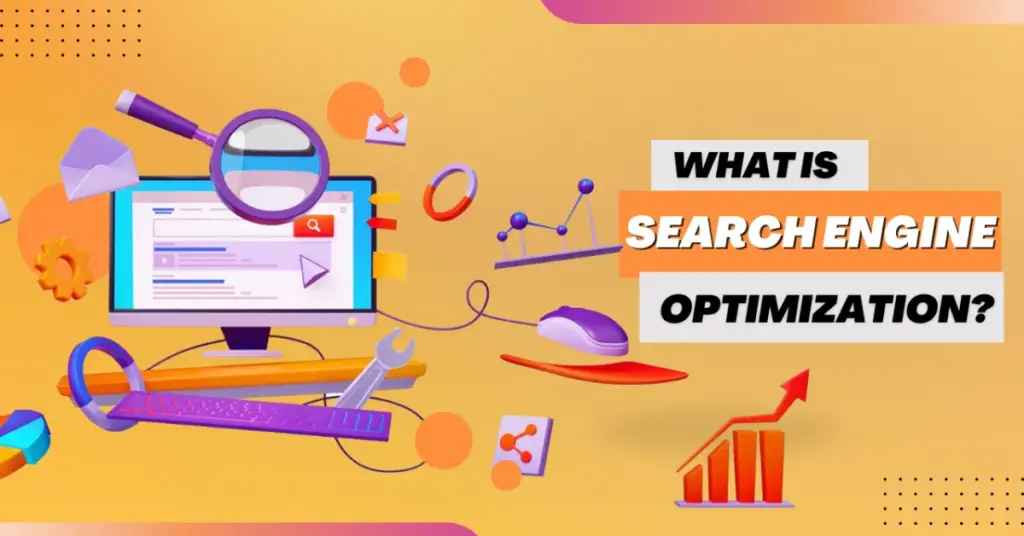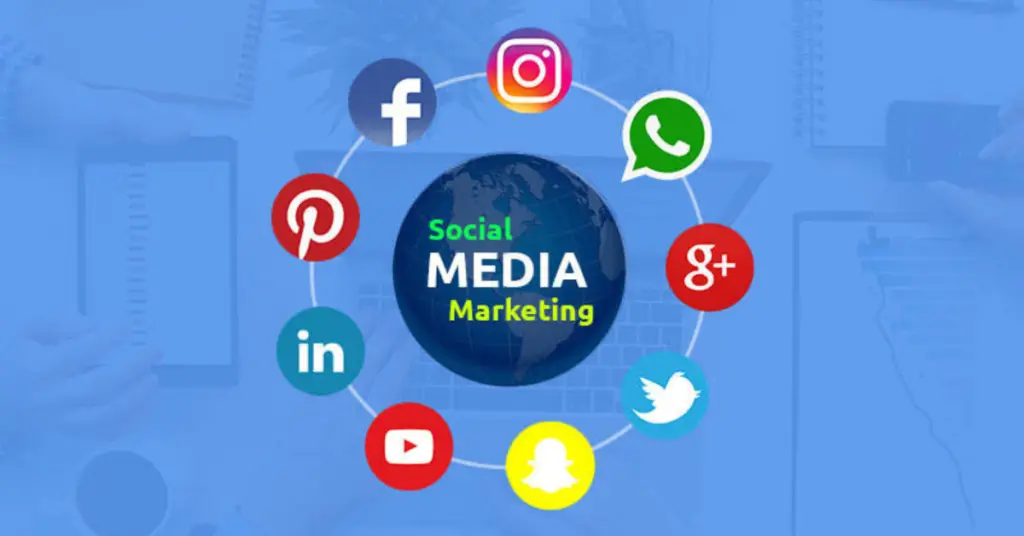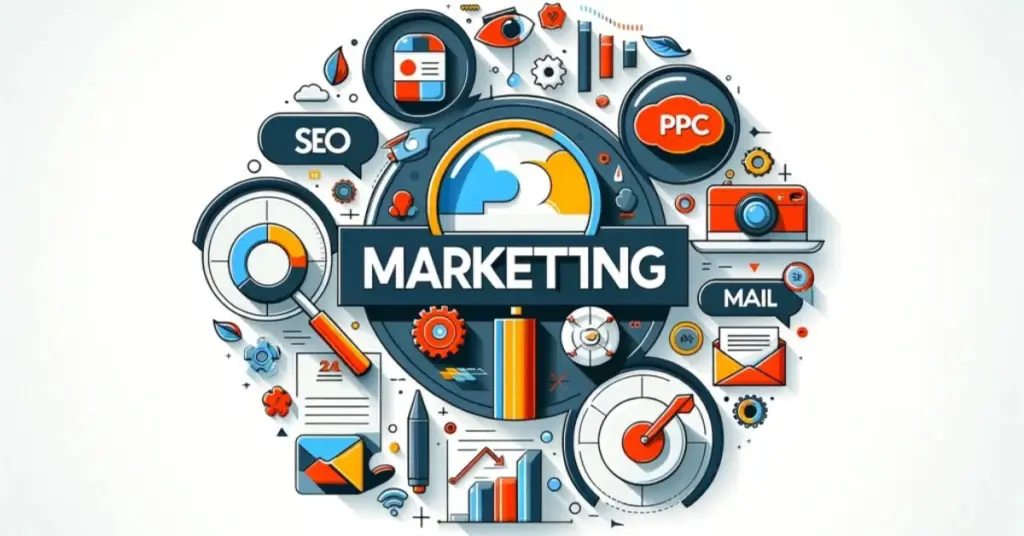The name itself answers the question. Search Engine Optimization aka SEO is a simple practice which is simply used to improve a website’s visibility on search engines platforms. These platforms are Google, Bing, and Yahoo. The goal of SEO is alwayssimple, when people start searching for the products, you sell or services that you provide which is related to your business, your website should rank as high as it can in the search results.
I believe that statement gives you a good idea of what is SEO and how it works. To put it in a laymen’s term, the higher your website is, the more likely people are to click on it. Isn’t it obvious that more clicks mean more visitors, and more visitors means better chances for more customers or readers to land on your business.
Now the question- How does SEO works?
Well, there are few parameters which will give you a deeper understanding of how this goes on. Let’s look at them one by one.
In the world of SEO, Content is sacred. Let me rephrase ‘Quality’ Content is sacred.
Talking about Quality Content,everyone should prefer creating informative, relevant, and engaging content that can simply answer all the public questions.
SEO cannot be done in a day. It’s often referred as long game and believe it or not ‘Keyword’ isthe second most important parameter in the world of SEO. It marks a huge difference.Using words and phrases that people are likely to search for are what we refer to as Keywords. The more accurate your keywords are the merrier the results will be.
Now diving further, to our third most important parameter is ‘User Experience’. One should always make sure that the website that is representing their company and its core value is easy to use and navigate. Especially while someone is trying to navigate them on mobile devices as we all know these days mobile phones are one of those devices which are used more often. Don’t miss out on the technical aspect of your website. Make sure your website is loading quickly so that it becomes easy for search engines to understand and index.
Local SEO, Another important parameter. If you have a physical business, make sure you show up in local search results. That’s how it works. SEO is not about playing a trick on search engines,rather it’s about making your website the best possible resource for your target audience. It’s more like an ongoing process that requires patience and consistent effort, but the rewards can be significant.
Remember, SEO isn’t just for big businesses. Whether you’re running a small local shop, a personal blog, or may be a large e-commerce site, good SEO practices can help you reach more people and grow your online presence.
Now that’s what is SEO, has been answered. Let’s talk about Why.
Why SEO Matters for Businesses?
We often confuse ourselves when we talk about SEO by simply saying, SEO is only about increasing the traffic but that’s not what is SEO all about.SEO is about attracting the right kind of traffic such as people who are genuinely interested in your products or the services. By simply appearing higher in search results, you gain visibility, which can lead to Increased credibility or more organic traffic. Websites which are sitting at the top of search results are often considered more trustworthy and authoritative. That’s how simple it is.
Now, Let’s talk about few key components of SEO.
- On-Page SEO
- Off-Page SEO
- Technical SEO
- Content Optimization
- Local SEO
Let’s talk about these pointers in bit of details.
1. On-Page SEO
On-page SEO term represents the optimization of an individual web pages to improve their ranking and ofcourse to attract more relevant traffic. It focuses on elements which is already there on your website that can be controlled and modified, such as:
Title Tags: The title tag is one of the crucial ranking factors in SEO. It explains both search engines and users what the page is really about. A well-optimized title should include your target keyword and provide a crystal-clear description of the content.
Meta Descriptions: Although meta descriptions are not a direct ranking factor, they have a great influence on click-through rates (CTR). A compelling meta description encourages users to click on your page which is there in the search results.
Headings (H1, H2, H3): Proper use of headings makes your content easier to read and It helps search engines understand the structure of your content. H1 is typically reserved for the page’s main title, while H2 and H3 are used for subheadings.
Keywords: Using relevant keywords throughout your content is very important for SEO. However, too much of anything is not good similarly overuse of keywords can result in penalties from search engines. It would be better to aim for a natural inclusion of keywords that enhance the readability of your content.
Internal Links: Links to other pages integrated in your website helps search engines to understand the relationship between different pieces of content and improves navigation for users.
2. Off-Page SEO
This involves activities done outside your website to improve ranking in the search engine results pages. The goal is to build your website’s authority and reputation through external factors. Key elements of off-page SEO include:
Backlinks:These are links from different websites pointing towards your website. Search engines has a habit of viewing backlinks as a vote of confidence in your content. The more high-quality, authoritative sites that are linked to your pages, the higher your chances of ranking well will be.
Social Signals:Social media shares and engagement are not the direct factors but they can always be helpful in the area of increase brand visibility and drive traffic, which indirectly impacts SEO.
Guest Blogging: Contributing content to other reputable sites in your industry can increase your exposure and generate backlinks, further boosting your SEO.
Brand Mentions:When your brand’s name is mentioned on other sites, even without a direct link, It can help improve your online reputation and definitely influence search engine rankings.
3. Technical SEO
It refers to optimizing the technical side of your website.Many businesses often ask, “What is SEO, and how can it benefit my website?” Technical SEO ensuresthat your website can be easily crawled and indexed by search engines. Technical SEO works on focusing on the website’s backend structure and functionality, whichincludes.
Website Speed: Page loading speed is an important ranking factor. A website which is slow, not only frustrates users but it also reduces your chances of ranking higher in search results.
Mobile-Friendliness: With mobile traffic gaining momentum more then desktop traffic, having a mobile-responsive site is must. Search engines like Google, they prioritize mobile-first indexing, meaning they primarily use the mobile version of a site for ranking and indexing.
Secure Connection (HTTPS):A secure site (using HTTPS instead of HTTP) is important for building trust with users and improving your search rankings. It plays very important role.
XML Sitemap: An XML sitemap helps search engines to understand your site structure as well as discover all your pages. It’s like a roadmap that guides search engine bots to the most important content on your site.
4. Content Optimization
Content is considered sacred in the world of SEO. Creating high-quality, relevant, and valuable content is not only important for improving your search rankings but also engaging your audience.
Keyword Research:Understanding the keywords section that your audience is searching for allows you to create content which are aligned with their needs and interests. Tools such as Google Keyword Planner, Ahrefs, or SEMrush can help identify popular search terms and their competition level.
User Intent: Your content should address the user’s intent behind the search query. Are they looking for information, making a purchase, or seeking a specific service? Aligning your content with the user’s intent helps improve engagement and conversion rates.
Content Length: As of now there’s no exact formula for content length, longer, more detailed articles often perform better in search results. However, the content must remain relevant and informative throughout the page. Remember, “quality always outweighs quantity”.
Visual Content:Using images, infographics, and videos can enhance the user experience and which will make your content more engaging. Optimize your visual elements with alt text and descriptive file names to improve SEO.
5. Local SEO
Local SEO strongly focuses on optimizing your online presence. It does that to attract more business from local searches. If you offer services within a specific geographic area, local SEO can be very useful to drive traffic.
Key strategies for local SEO include:
Google My Business (GMB): Claiming and optimizing your GMB profile ensures your business appears in local search results and on Google Maps. You must use accurate information about your location, hours of operation, and services that you offer.
Local Citations:Make sure that your business is listed on the local directories and review sites like Yelp, TripAdvisor, or industry-specific platforms. Consistent name, address, and phone number (NAP) details across all platforms help boost your local SEO.
Customer Reviews: Now this is not a new information at all but Positive reviews on platforms such as, Google and Yelp not only build trust with potential customers but also enhance your local search rankings. To summarise the topic of ‘What is SEO’, I believe Search Engine Optimization is a powerful tool for every business out there looking for growth of their online presence, attract more customers, and increase revenue. By focusing on both on-page and off-page optimization, technical SEO, and high-quality content, you can not only improve your search rankings,but you will be able to drive sustainable growth. As search algorithms continue to evolve, staying up to date with SEO best practices is essential for maintaining a competitive edge in today’s digital era.





